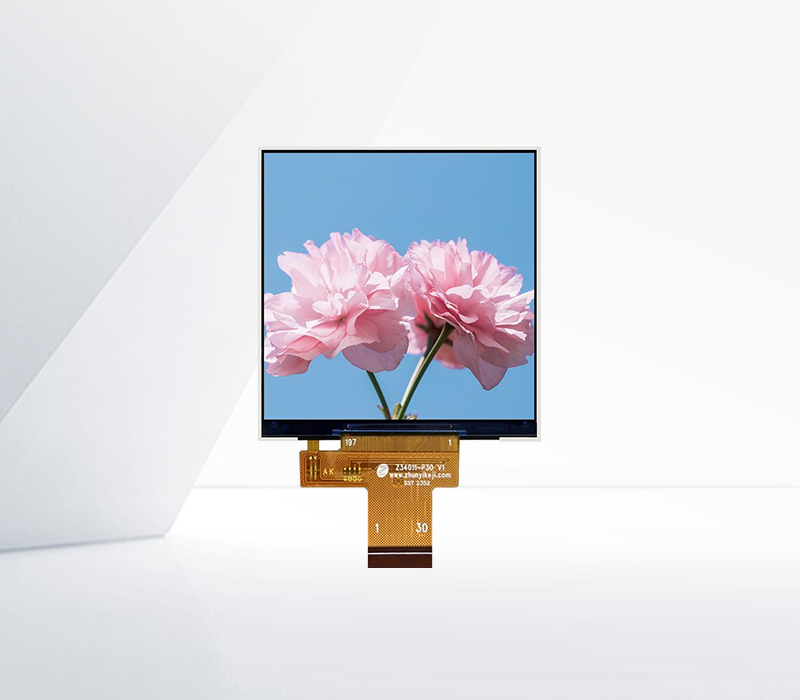




Haptic feedback design has become an essential element in the development of touch panels for gaming devices, significantly enhancing the immersive gaming experience. Haptic feedback refers to the use of vibrations and other physical sensations to provide users with real - time feedback during interactions.
In gaming, haptic feedback can simulate various in - game experiences. For example, when a player fires a virtual gun in a first - person shooter game, the touch panel can vibrate to mimic the recoil of the gun. This makes the gaming experience more realistic and engaging. In racing games, the touch panel can provide different levels of vibration depending on the speed of the car, the surface of the road, and the impact of collisions.
The design of haptic feedback for touch panels in gaming devices requires careful consideration of several factors. The intensity, duration, and frequency of vibrations need to be precisely calibrated to match the in - game events. For example, a light tap on the touch panel may result in a short, gentle vibration, while a more forceful press may trigger a stronger and longer vibration. The placement of haptic actuators on the touch panel also affects the quality of the feedback. By strategically placing the actuators, developers can create a more immersive and realistic gaming experience.
Moreover, haptic feedback can be customized to suit individual player preferences. Some players may prefer stronger vibrations for a more intense gaming experience, while others may prefer a more subtle feedback. Gaming devices can offer adjustable haptic feedback settings, allowing players to personalize their gaming experience.
In addition, the integration of haptic feedback with other sensory elements, such as audio and visual effects, can further enhance the immersive nature of gaming. By synchronizing the haptic feedback with the in - game audio and visuals, developers can create a more cohesive and engaging gaming environment.
